Check me out on: My Patreon | Sign Up for My Newsletter | Instagram | Facebook | Twitter | Flickr | 500px | Google+ |
Fuji has taken a very different approach to mirrorless than just about everyone else. While others like Sony, Nikon, and Canon have embraced full frame and given the leftovers to APS-C, Fujifilm decided that the surest way to pursue the smaller, lighter mantra that many associated with mirrorless was to fully embrace the potential of APS-C, or a “cropped sensor”. Because of this choice, Fuji has invested far more in APS-C than anyone else, and have a far more robust catalog of lenses for APC-S than anyone else, too. This includes a wide range of prime lenses (often with multiple options at each focal length) along with a number of zoom lenses. Their most recent releases have fleshed out this lineup with a true supertelephoto (XF 200mm F2) along with the lens at hand, the Fujinon XF 8-16mm F2.8 R LM WR. The XF 8-16mm is a premium, wide aperture, ultra-wide-angle zoom lens that completes Fuji’s trinity of fast aperture zoom lenses (along with the Fuji 16-55mm F2.8 and 50-140mm F2.8 lenses). At nearly $2000 USD in price, the XF 8-16mm isn’t for everyone, but it does offer an extremely competent option for wedding, portrait, and event shooters along with those who want it for landscape/astrophotography work.
If you don’t speak Fuji, here’s what those initials mean:
- XF refers to the native mount of the lens, which is Fuji’s X-mount
- R refers to the fact that the lens has an aperture ring (though you can select Automatic to control the aperture from the camera or allow the camera to control the aperture
- LM refers to the premium Linear Motors that drive the lens’ autofocus
- WR stands for “Weather Resistant”, pointing to the superior weather sealing of the lens.
Also in the lens’ name is “Aspherical”, which refers to the fact that XF 8-16mm actually utilized four aspherical lens elements to control distortion and spherical aberrations. It also says “Nano-GI”, which refers to the special coatings applied to the rear of the of the first TWO lens elements, and the coatings are to reduce ghosting and flare. In short, the only real premium option missing here is Fuji’s OIS, or “Optical Image Stabilizer”, which would have been a great addition.
So the XF 8-16mm is a premium lens, but does it live up to its premium price? Read on to find out.
Prefer to watch your reviews? My thorough video review has the answers you’re looking for!
XF 8-16mm Build and Handling
The best way to see all the details about the build and design of the lens is by watching this video episode:
As mentioned, the XF 8-16mm is a large lens…particularly when one considers that it is an APS-C lens. It is nearly 5” in length (4.78” long/121.5mm) and weighs 1.77lb/805g. The focal length of 8-16mm plus Fuji’s crop factor of 1.5x equals a full frame (35mm) equivalent focal range of 12-24mm.
What’s different here is that while the full frame 12-24mm lenses from Sony, Sigma, and Nikon all have a maximum aperture of F4, this 8-16mm has a maximum aperture of F2.8. While some (falsely) believe that an APS-C lens with an F2.8 aperture has less light-gathering potential than a full frame lens with F2.8, that is not the case. I put my vintage SMC Takumar 50mm F1.4 lens on first the Sony a7RIII (full frame) and then the Fuji X-T3 (APS-C). I used a tripod and identical settings (1/15th of a second at ISO 800). I then cropped the Sony image so that the framing lines up. Look at the two images: is one a full stop brighter than the other?
Obviously not. The different in exposure between the two is negligible at best. That’s not to say that an APS-C sensor behaves identically to a full frame sensor (it doesn’t), but a lot of older conceptions about APS-C vs FF are simply not true any longer. My point is that the XF 8-16mm does have an advantage over the lenses I’ve mentioned, particularly when one is shooting astro or events in low light. In this comparison, for example, the two exposures (one from the Zeiss Loxia 25mm F2.4 on a Sony a7RIII and the second from the XF 8-16mm F2.8 on the X-T3) shows that two systems (at F2.8) look more similar than different, and certainly a lens with a maximum aperture of F4 on the Sony would be at a disadvantage in this situation.
More importantly than comparisons to other systems, however, is the fact that the Fuji XF 8-16mm F2.8 does have an advantage over lenses for Fuji (the Fuji XF 10-24mm F4, for example) in these kinds of situations. A lens with a maximum aperture of F2.8 will let in twice as much light as an F4 lens, and will also be able to focus more confidently because more light can hit the sensor of the camera.
The tradeoff for these advantages is the reality that the size of the lens grows exponentially, as does the cost of developing it (which raises the MSRP). Bottom line is that if you don’t need the wider focal length and bigger maximum aperture, Fuji’s XF 10-24mm F4 OIS lens costs half as much, weighs half as much, is 35mm shorter, has Optical Image Stabilization, and can use traditional filters. For those that are looking for primarily landscape shooting, it provides a great alternative. I see the XF 8-16mm F2.8 being more for wedding and event photographers.
That’s not to say the XF 8-16mm doesn’t have other advantages over the 10-24mm. It is weather sealed, for one, with a thorough weather sealing system that includes a fluorine coating on the front element, 11 internal seals, a gasket at the lens mount, and a fixed rear element (nothing moves at the rear that could let in dust or moisture). The XF 8-16mm has superior linear motors compared to the stepping motors of the 10-24mm, meaning that focus will be both faster and quieter (important for nailing focus in a dimly lit venue!) The difference in focal length should not be discounted, either, as while the 10-24mm only goes as wide as 110°, the XF 8-16mm goes as wide as a staggering 121°. Not everyone needs that extra width, but some of you shoot in venues where space is limited, and that extra 11° is significant (see below).
One downside for landscape shooters with the XF 8-16mm is that it has a curved front element and fixed front lens hood that precludes the ability to use traditional screw-in filters. You will have to employ an additional square filter system if you want to filter the lens (which means additional cost).
All of this adds up to a lens designed more for photojournalists, wedding photographers, and event photographers than those looking for a compact, lightweight option to shoot landscapes. As you can see here, the XF 8-16mm produces beautiful landscape images, but that is perhaps not its primary reason for existence.
The XF8-16mm has three rings on the barrel. The first is the aperture ring, which gives you the option to manually select aperture values (in 1/3rd stop values, i.e. F2.8, F3.2, F3.5, F4) or to select A (Auto) and control aperture from within the camera.
The second ring is the zoom ring, and it moves perfectly (it is both smooth and nicely damped). The front element does move forward and backward in the lens housing while zooming out (it is most retracted at 16mm and most fully extended at 8mm), but all of this happens within the external housing of the lens, so nothing extends and the lens length remains constant. I found this to be important when putting the lens on a gimbal for video, as it allows you to change the focal length without rebalancing.
The final ring is the manual focus ring. Like other mirrorless lenses, the XF 8-16mm employs a focus by wire manual focus system where input is taken from the ring and then routed through the focus motor to move the lens elements. There is no direct coupling to the lens elements. This appears to be a necessary evil for mirrorless cameras, but it really diminishes the manual focus experience in terms of feel and precision. There are no hard stops, so less physical response to the limits of focus, and also the actual focus feeling itself is a bit numb. On the plus side, most Fuji bodies have a number of options for manual focus aids to make sure focus is easy to nail.
Other than that minor quibble (which is less about this individual lens and more about focus-by-wire in general), the build quality and the handling is great. The lens is heavy, but not overwhelmingly so. I have a grip extender on my X-T3 and didn’t really notice any balance issues. I am accustomed to using a lot of heavy lenses, however, so your opinion might be different. This is a premium lens, with a premium build quality and great handling.
Fuji XF 8-16mm F2.8 Autofocus
As noted, the XF 8-16mm sports premium linear motors in its autofocus design, and these give the lens an excellent autofocus performance. I should note that I did my review on the Fuji X-T3, which, at the time of this review, is Fuji’s newest and most sophisticated autofocusing camera. This combination delivers great focus results, with focus arriving near instantly. Even in poorer lighting I got good autofocus, though you’ll see better results if you select fewer points and help the AF know where you want it to focus. In extreme conditions (lighting where I was getting 1/20th exposures at ISO 12,800 with F2.8), there were a few times when the lens didn’t want to lock with a low contrast subject, but that occurred during intentional torture tests and not under actual shooting conditions.
I would characterize autofocus even in low light situations as good if not exceptional. Under normal conditions the autofocus is near silent for stills. In difficult situations where the lens hunts a bit more you might hear a slight “scratchy” sounds as the focus motor moves the elements.
I had no problems with autofocus accuracy, though, to be fair, a focal length like this doesn’t put a lot of stress on a focus system. If you are at 8mm and F2.8, focusing on a subject 10 feet away, everything from 2.77 feet to infinity is in focus! Moving the subject closer (4 feet) only extends the depth of field further, as the hyperfocal distance is right under 4 feet. In other words, the lens would have to be really, really bad to miss focus at 8mm…and it isn’t. At 16mm there’s a bit more stress put on the focus system (in our previous scenario the depth of field drops from infinite to 2.24 feet), which is still fairly generous. At a 10 foot focus distance the depth of field is nearly 23 feet deep, so again, not much challenge. Still, the lack of “challenge” for the focus system is not to undermine it’s performance, which was generally excellent.
The lens can focus down to 25cm (9.84”) where it delivers a rather poor 1:10 reproduction ratio or 0.10x times magnification. A macro lens this is not. This represents minimum focus and what you can achieve there.
For video I found the lens focused quietly and quickly, though major focus throws sometimes came with a little pulse before locking focus that I didn’t love. The onboard mic picked up a slight scratching noise when the focus motor made major focus changes, but you have to be in a pretty quiet environment to hear it. I don’t find that Fuji is quite as smooth when pulling focus as either Canon’s better DPAF bodies or Sony’s more recent third gen a7 bodies. Still, I had good success with autofocus during video capture.
Since the lens is on the larger and heavier side, some of the early motorized gimbals with low payload thresholds might not love it. I did the math: 539g (X-T3) + 805g (8-16) = 1.34kg. I use the Moza Air gimbal, myself, and it had zero problems with this, as it still way under its payload limits (3.22kg). The only issue I saw is that the lens is long enough that you can’t make a full 360 degree rotation up and down, though this isn’t a significant issue at all. This is obviously a fantastic focal range for video work, and wedding videographers will love its dynamic perspective. The internally zooming nature of the lens makes it easy to change the focal length without the need to rebalance the gimbal. All in all, this will be a great tool in the videographer’s arsenal.
All in all there is little to complain about in the autofocus department. Autofocus is near instant and silent under normal conditions. I saw nothing to suggest the lens wouldn’t work well for the purpose of weddings or dimly let venues.
Image Quality
I’ll be blunt – I grade lens’ optical performance based on a curve that correlates with the cost of the lens. An expensive lens gets fewer passes than an inexpensive one. As a result, I’ve looked closely at the image quality to see what might be a red flag with the lens. To see this thorough examination, watch this video episode:
I’ll get the criticisms out of the way first, as the list is very short. At 8-10mm, while the lens is very sharp across the vast majority of the frame, the extreme corners don’t ever quite catch up. With native Fujinon lenses, even the RAW images arrive with some embedded profiles, so when you open them up in Lightroom both vignette and distortion is already corrected for. The correction can’t entirely eliminate a bit of a “mustache” distortion pattern that remains with my brick wall test. It’s mild, but visible with very straight lines.
Ummm, that’s pretty much it. And truthfully, when I look at real-world landscape shots, I can’t really find a situation where the extreme corner issue actually comes into play. This is an 8mm, F5.6 landscape shot. The second photo is a crop of the bottom left corner. Not really much to complain about, is it?
When I look at real-world interior shots, I’m not really seeing any bulges from distortion, so it’s very possible at more typical focus distances distortion is actually reduced (you rarely shoot a wall from three feet away like I did for my brick wall test!)
Some of the other key metrics, like chromatic aberrations (either lateral or longitudinal) are essentially perfectly corrected for through the combination of optics and digital profile.
The profile also perfectly corrects any vignette that might be present in the raw lens, so I didn’t see anything to note, nor did I see evidence in images that additional noise has been added to images on the edges due to correction.
The lens exhibits little to no comatic aberrations, either, so star points look quite good across the frame…even toward the edges. The first crop is from a 8mm, F2.8 shot, while the second crop is from the 16mm F2.8 shot. You’ll note that coma is very low at either extreme of the focal range:
I was very impressed with color rendition and overall contrast, too. I took the lens on a trip to Arizona, and my morning hike shots into the foothills outside of Scottsdale looked great.
Real world flare resistance seems good under most circumstances, though in a few extreme situations I saw some ghosting artifacts (mostly with the lens stopped down quite a bit). Contrast remained strong, however.
Interestingly at the wide end sharpness peaked at F4 and didn’t improve beyond that, though on the telephoto end I was able to see a bit of improvement through F5.6. From what I saw, however, there is little reason to stop the lens down further than that (unless there is some desired effect you want).
Here’s a look at the center and edge performance at 8mm, F2.8:
While you can see the drop off in the corners, if you look at the edges midframe they are actually quite good, which is actually more important in landscape images (as we saw in our real-world example above). There is some improvement comparing F2.8 to F4:
Here’s a look at 12mm, F2.8. You can see where sharpness drops off but also how sharp the lens is across most of the frame:
Stopping down to F4 extends the sharpness into the corners except the last little bit. This remains fairly consistent as you stop the lens on down.
At 16mm the image quality extends a little further into the corners at F2.8, with essentially only the very last bit showing any softness.
Stop down to F5.6 at 16mm to see essentially perfect image quality across the frame.
As you can see from these examples, contrast is excellent at essentially any aperture save the corners at 8mm, F2.8. This is a high performing lens with few real flaws. There is a little extreme corner softness, a bit of leftover distortion at 8mm, and in certain situations I saw some ghosting artifacts, but my real world images essentially universally left me pleased. Some argued after I posted my first video on the lens, “who would buy APS-C for landscapes?” I’m not sure, but I can say this: my landscape images taken with the X-T3 and XF 8-16mm F2.8 looked fantastic.
You can see more photos in the Lens Image Gallery here.
Final Verdict
The Fujinon XF 8-16mm F2.8 R LM WR isn’t going to be for everyone. Not everyone needs either this wide a focal length or a large aperture in their wide-angle lens. Not everyone has the kind of budget that this lens requires. Those that don’t might be better served by the 10-24mm or one of the wide-angle primes. But if you value the versatility of a zoom and a large maximum aperture (and don’t mind paying for it), the XF 8-16mm is almost certain to make you happy. It produces beautiful images and just works, period.
It’s larger, heavier, and more expensive than what you would like, but outside of that there is very little to complain about. As noted in this review, I think this lens makes more sense for wedding and event photographers than it does for landscape photographers, though it works very well for that, too. The added size and weight of an F2.8 zoom is somewhat wasted for landscape photography, however, as it is rare that landscape photographers shoot at F2.8. Wedding photographers or videographers are a different story, however, and they are the ones that really should consider this lens. It’s a premium lens for a premium price, but fortunately it also delivers a premium performance.
Pros
- Beautiful build quality with substantial weather sealing
- Fast, quiet autofocus through the linear motors
- Beautiful color rendition
- Very sharp at all apertures and everywhere except extreme corners
- Near perfect control of chromatic aberrations and vignette
- Very little coma and wide aperture = great astrophotography
- Real world distortion well controlled
Cons:
- Corners never quite sharpen up
- Some mustache distortion at 8mm
- No OIS (at this price should have it)
- Expensive
- Some ghosting in certain lighting conditions
- Can’t use normal filters
Gear Used:
Purchase the Fujinon XF 8-16mm F2.8 R @ B&H Photo | Amazon | Amazon Canada | Amazon UK | Amazon Germany | Ebay
Purchase the FUJIFilm X-T3 @ B&H Photo | Amazon | Amazon Canada | Amazon UK | Amazon Germany | Ebay
Peak Design Leash Strap: Peak Design Store | B&H Photo | Amazon | Amazon Canada | Amazon UK
BenQ SW271 4K Photo Editing Monitor – B&H Photo | Amazon | Amazon.ca | Amazon UK
Adobe Photoshop Creative Cloud 1-Year Subscription
Alien Skin Exposure X4 (Use Code “dustinabbott” to get 10% anything and everything)
Visit Dustin’s Amazon Storefront and see his favorite gear

Purchasing your gear through B&H and these links helps fund this website and keeps the articles coming. You can also make a donation here if you would like. Visit my Amazon page for some of my gear of choice! Thank you for your support.
Great News! I can now offer a 5% discount on all purchases at Amplis Foto, Canada’s Leading Photographic Supplier. Please enter discount code: AMPLIS52018DA in your cart. It is good for everything in your cart, and is stackable with other coupons, too! It will take 5% off your entire order! Proceeds go towards keeping this site going and providing you with new reviews!
Check me out on: My Patreon | Sign Up for My Newsletter | Instagram | Facebook | Twitter | Flickr | 500px | Google+ |
Use Code “DUSTINHDR” to get $10 off ($15 CDN) Luminar and/or AuroraHDR
Keywords: Fujinon, Fuji XF, Fuji 8-16, Fujinon 38-16, XF, Fujinon XF 8-16mm, F2.8, F/2.8, Fuji, Fuji 8-16mm review, Fujinon 8-16 Review, Fujinon 8-16mm F2.8 Review, Dustin Abbott, Fujifilm, X-T3, Fuji X-T3, X-T3 Review, Fuji X-T3 Review, Fujinon, Review, Hands On, Video Test, Sharpness, Autofocus, CA, Video AF, XF 8-16mm F2.8, Lens, Comparison, Test, Dustinabbott.net, Sample Images, Sample Video


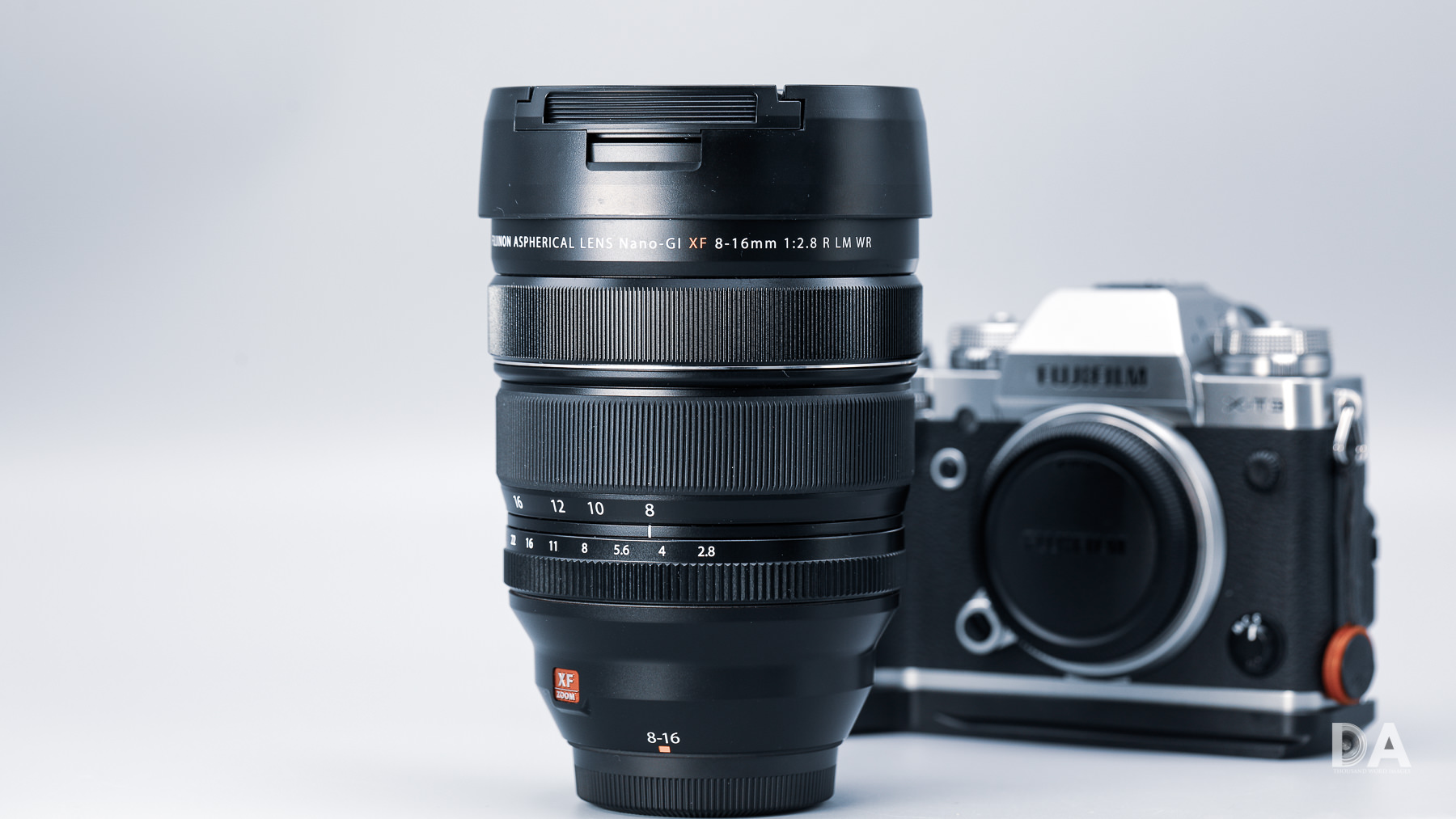
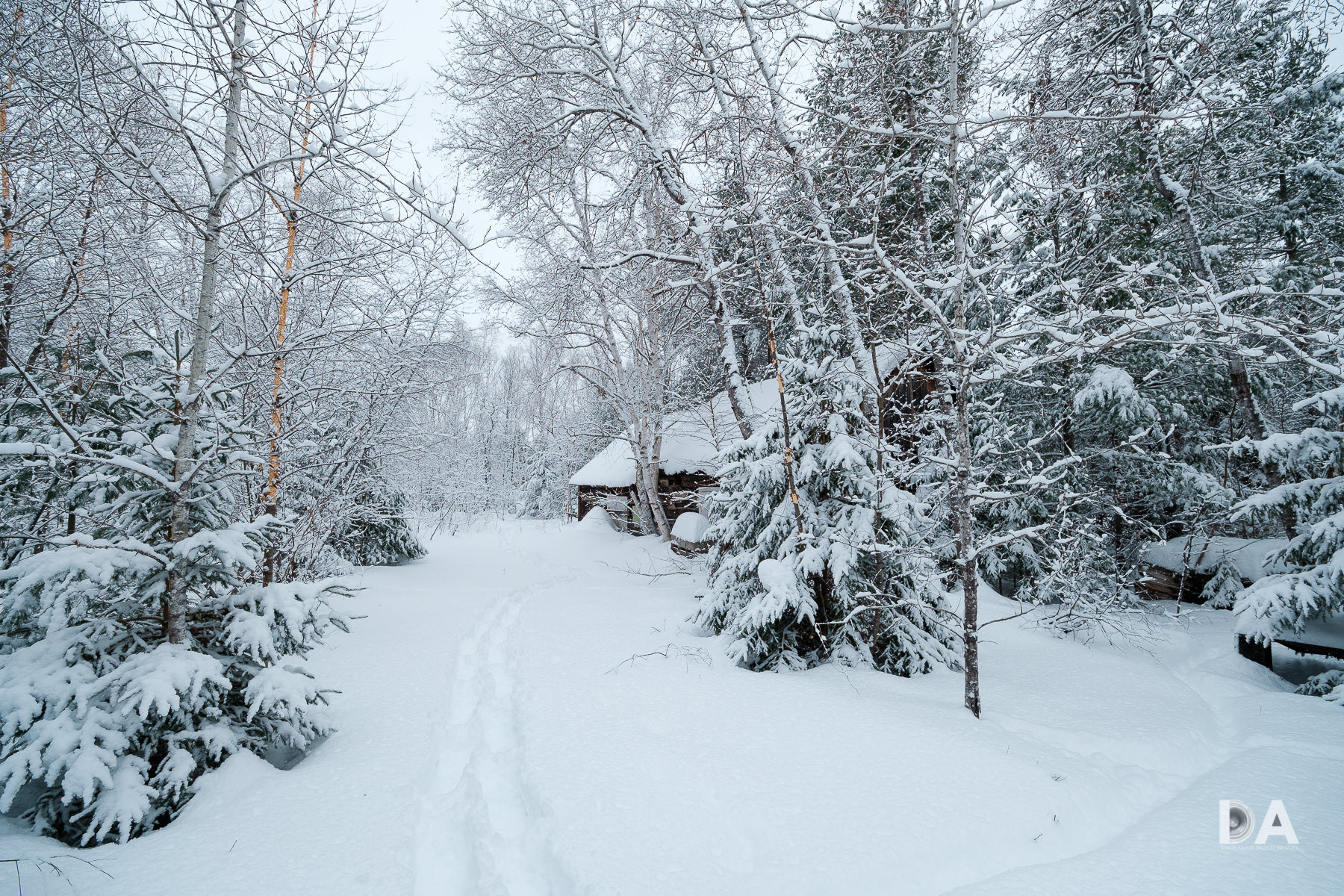
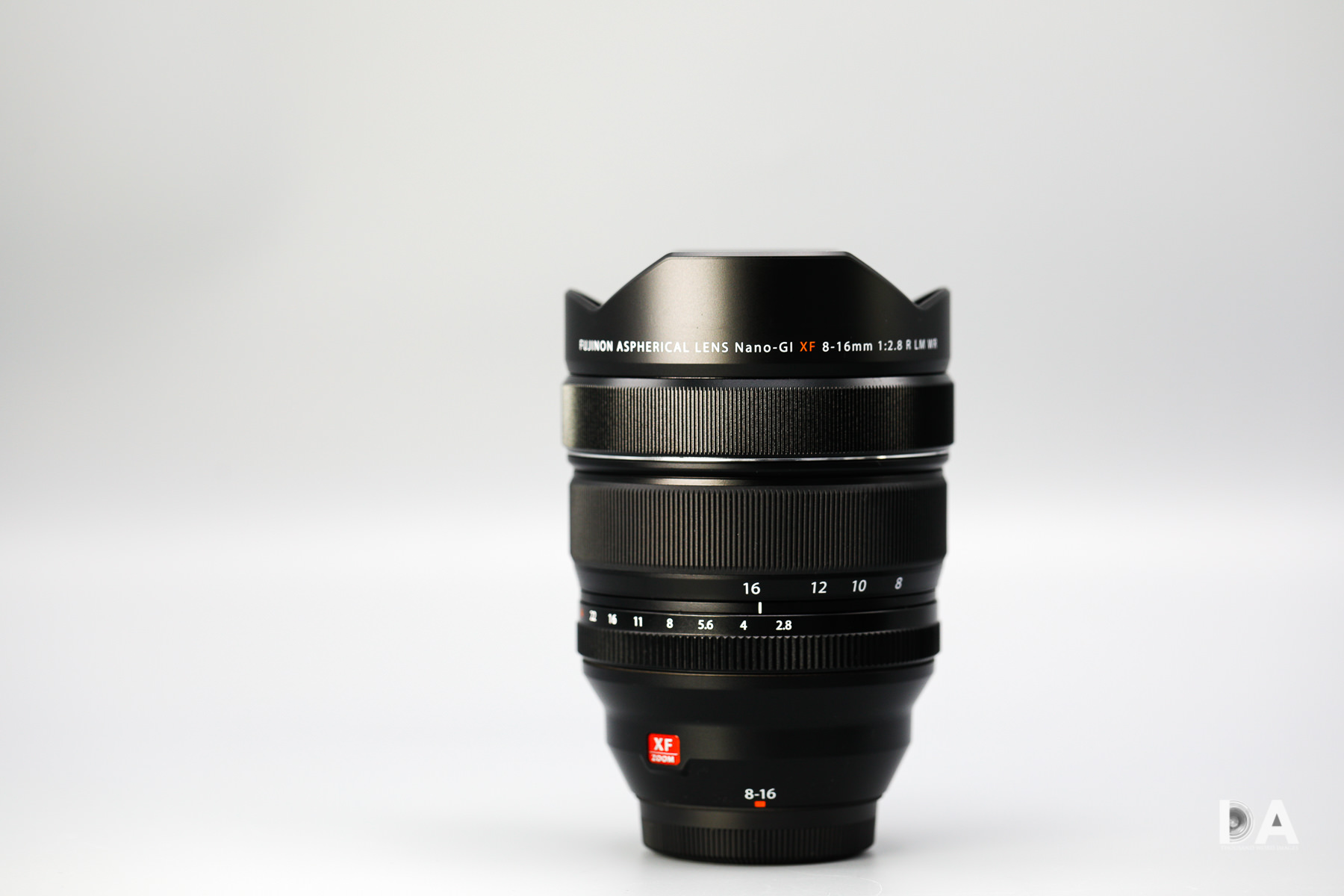
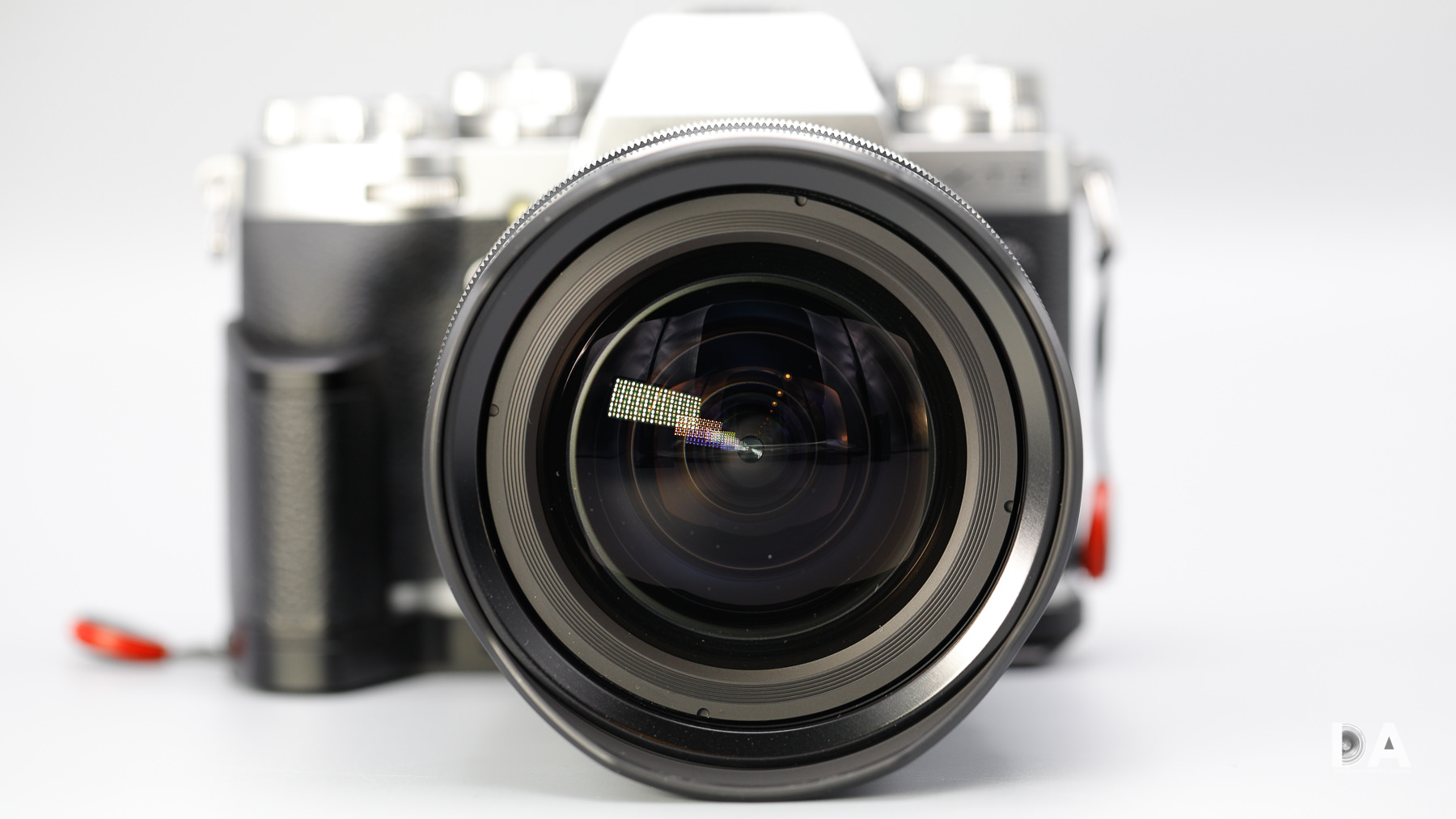
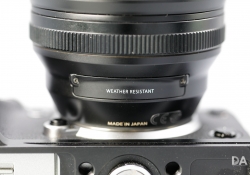
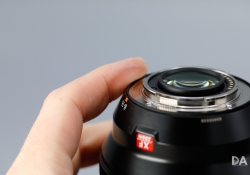
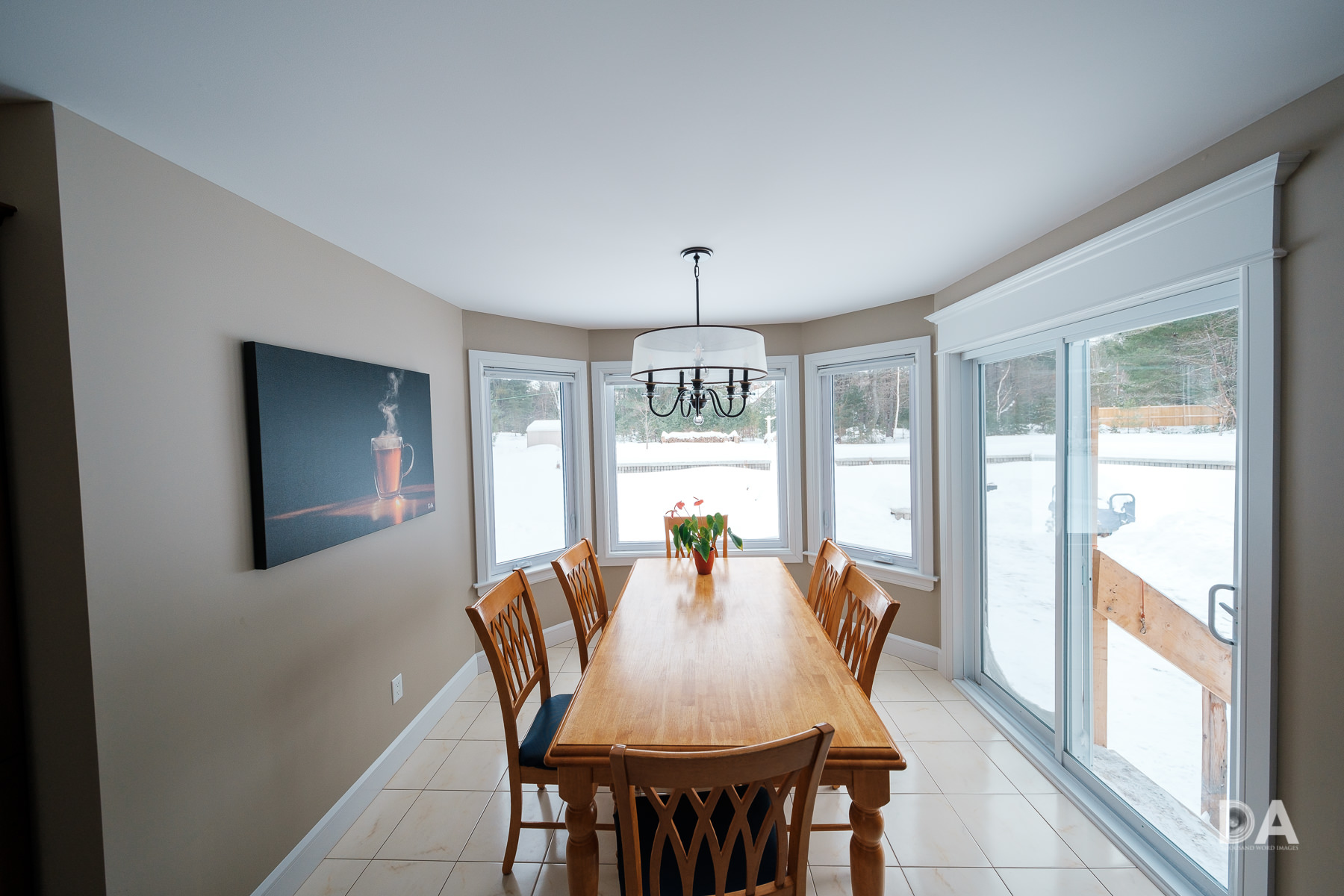

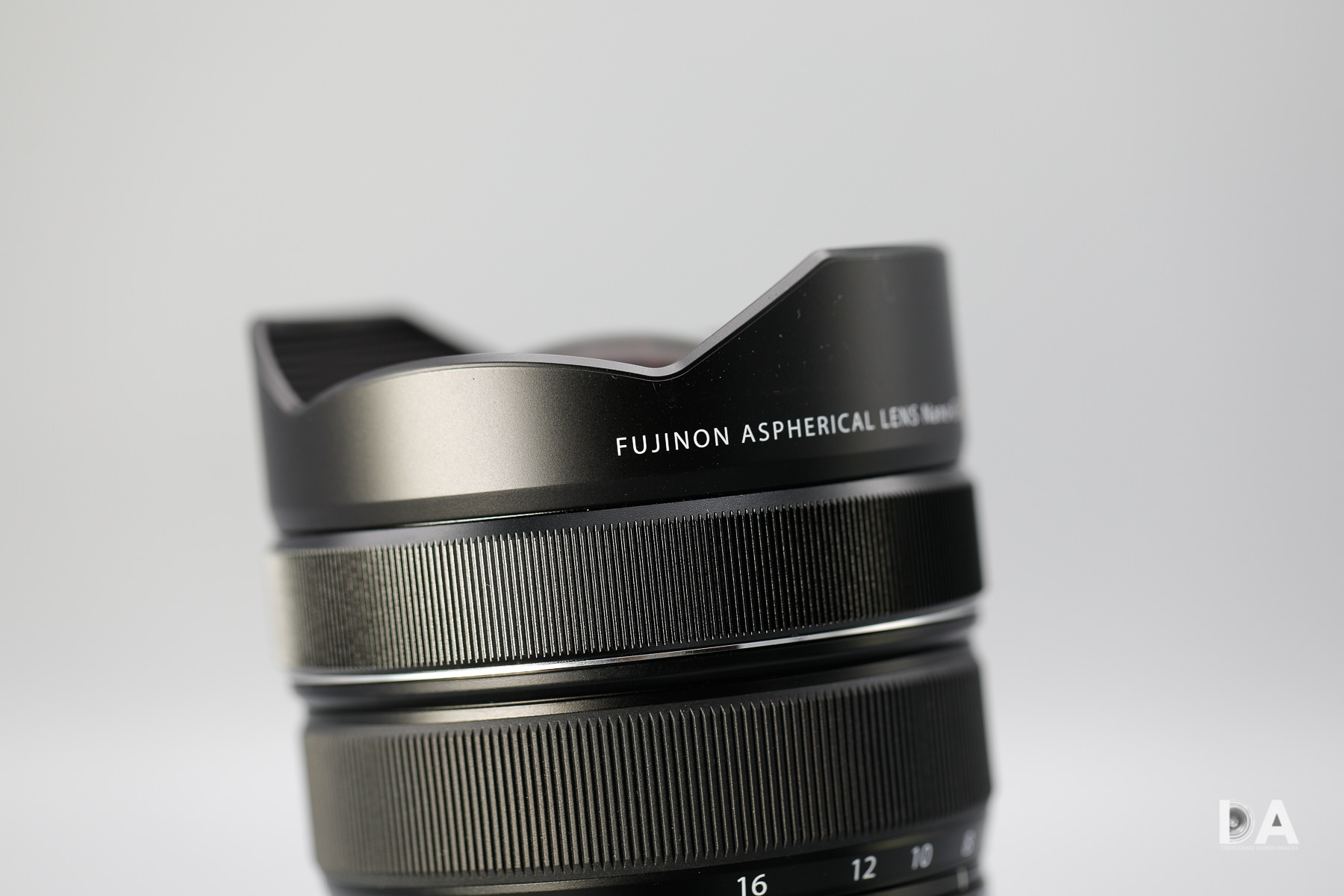
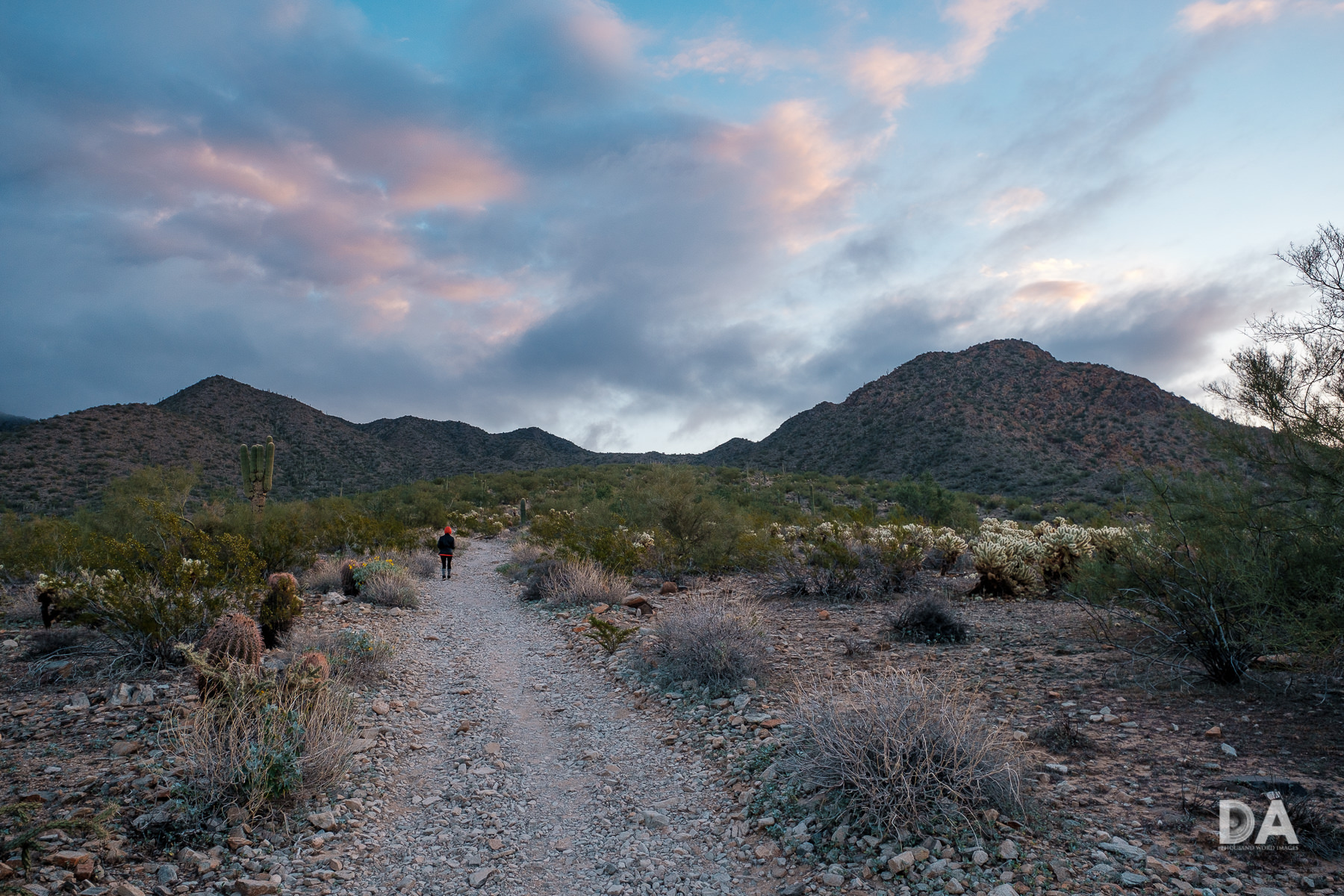
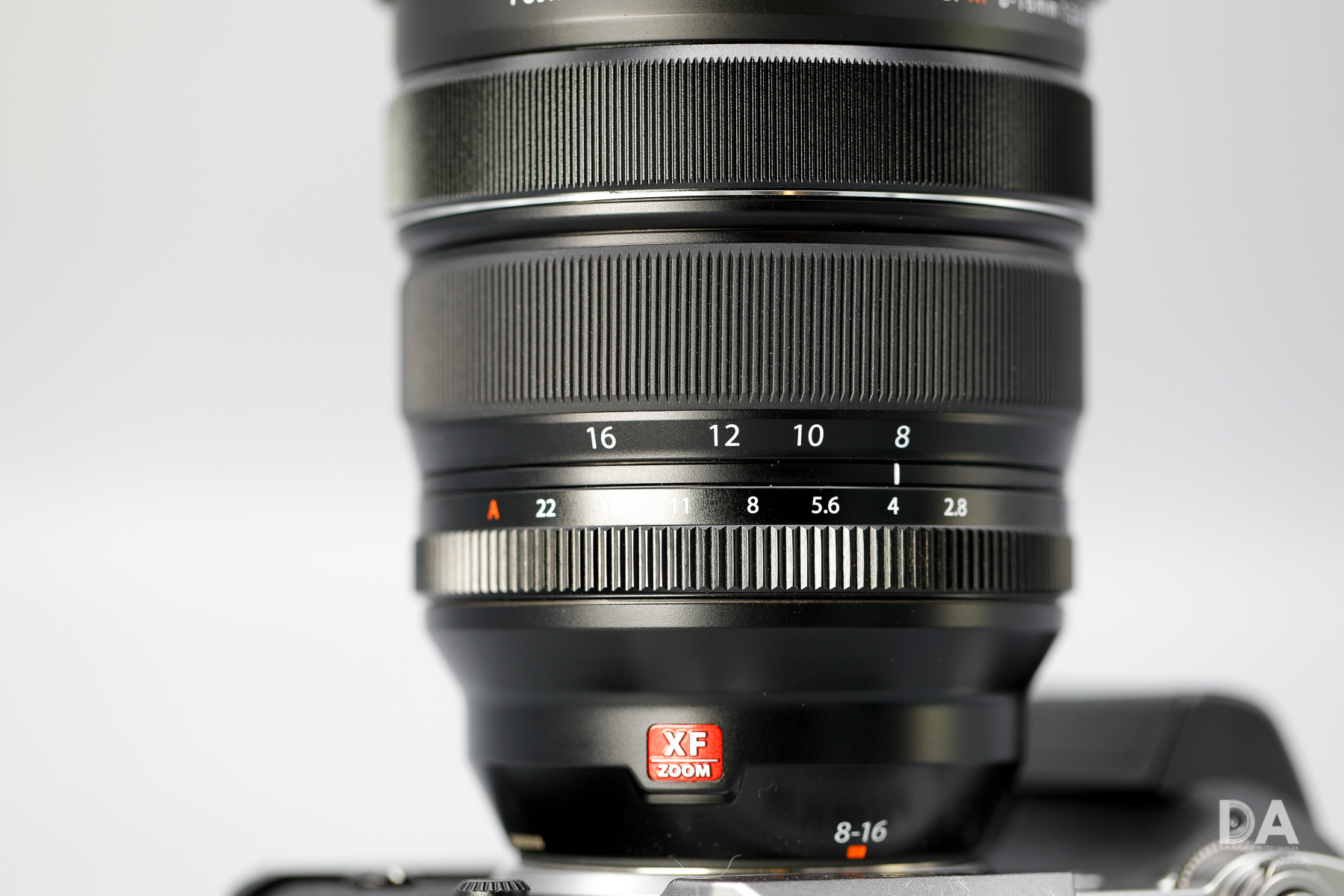
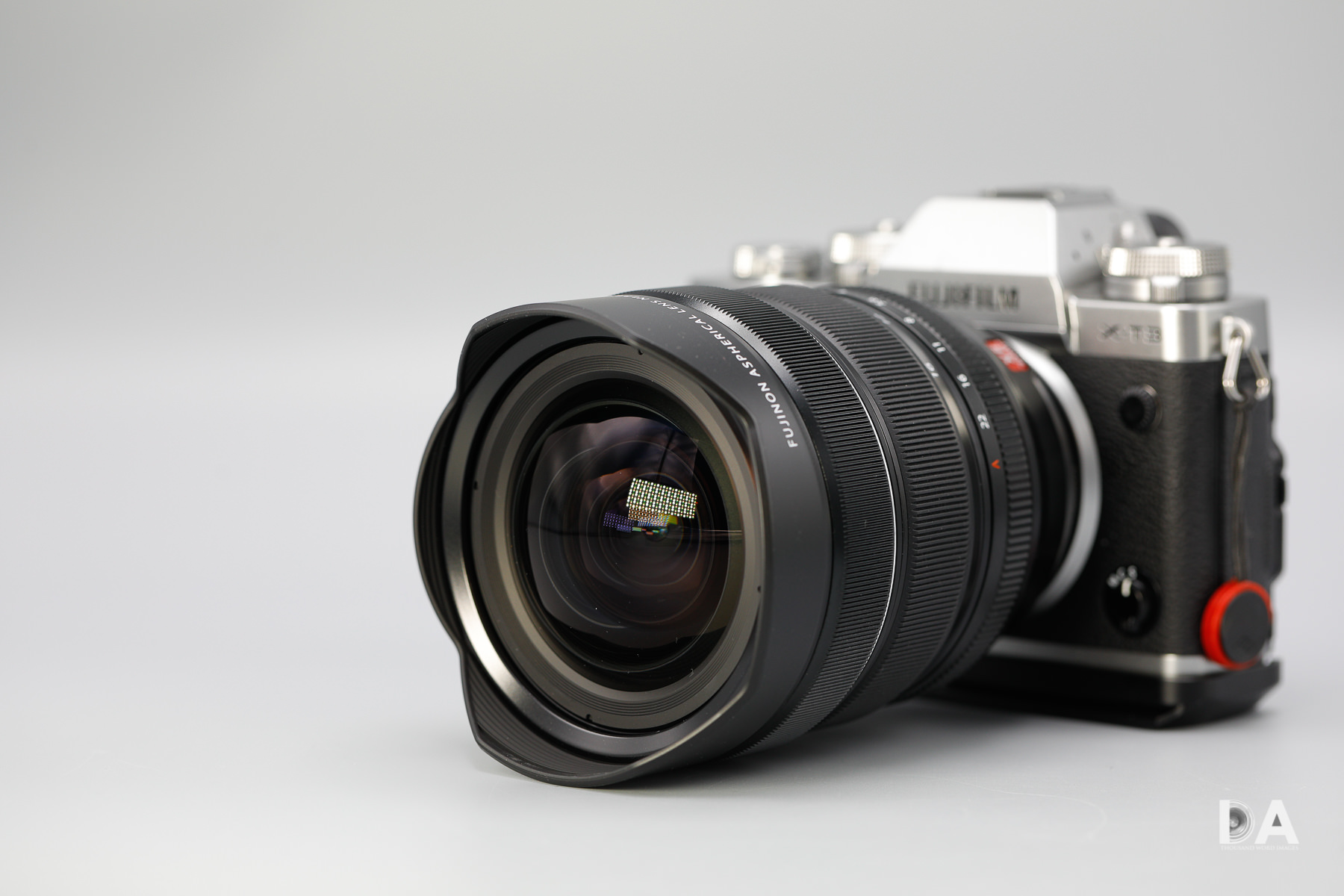
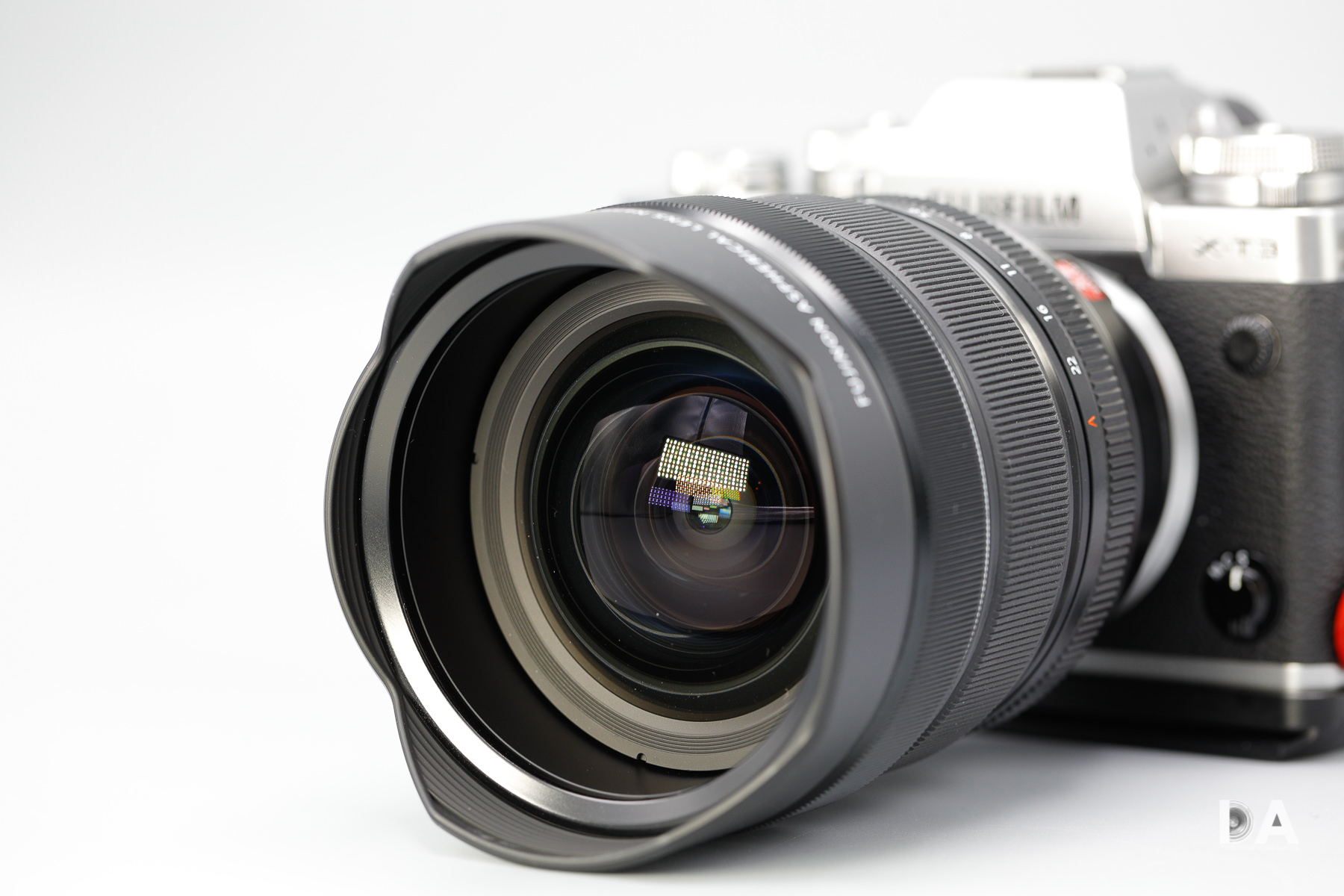


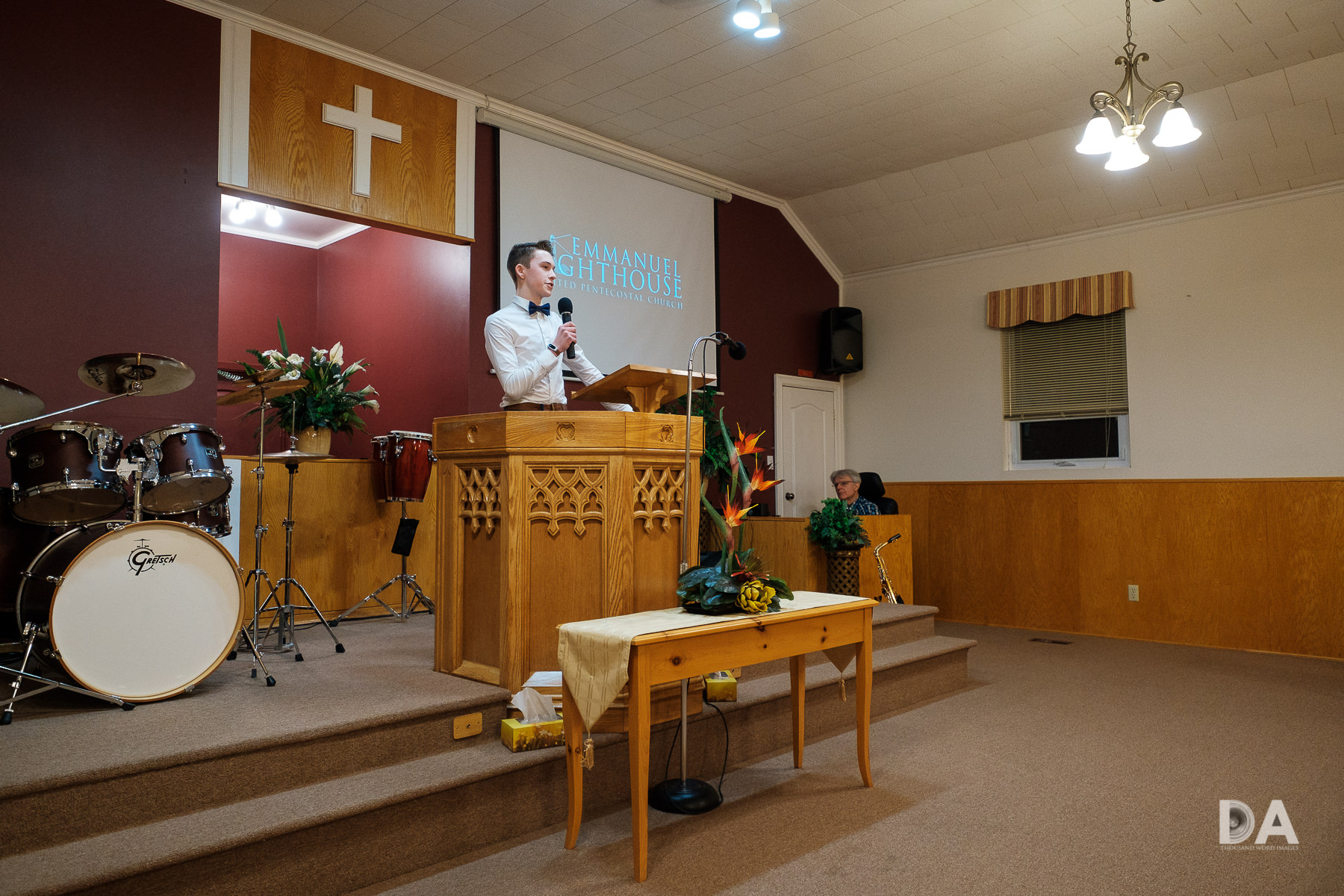


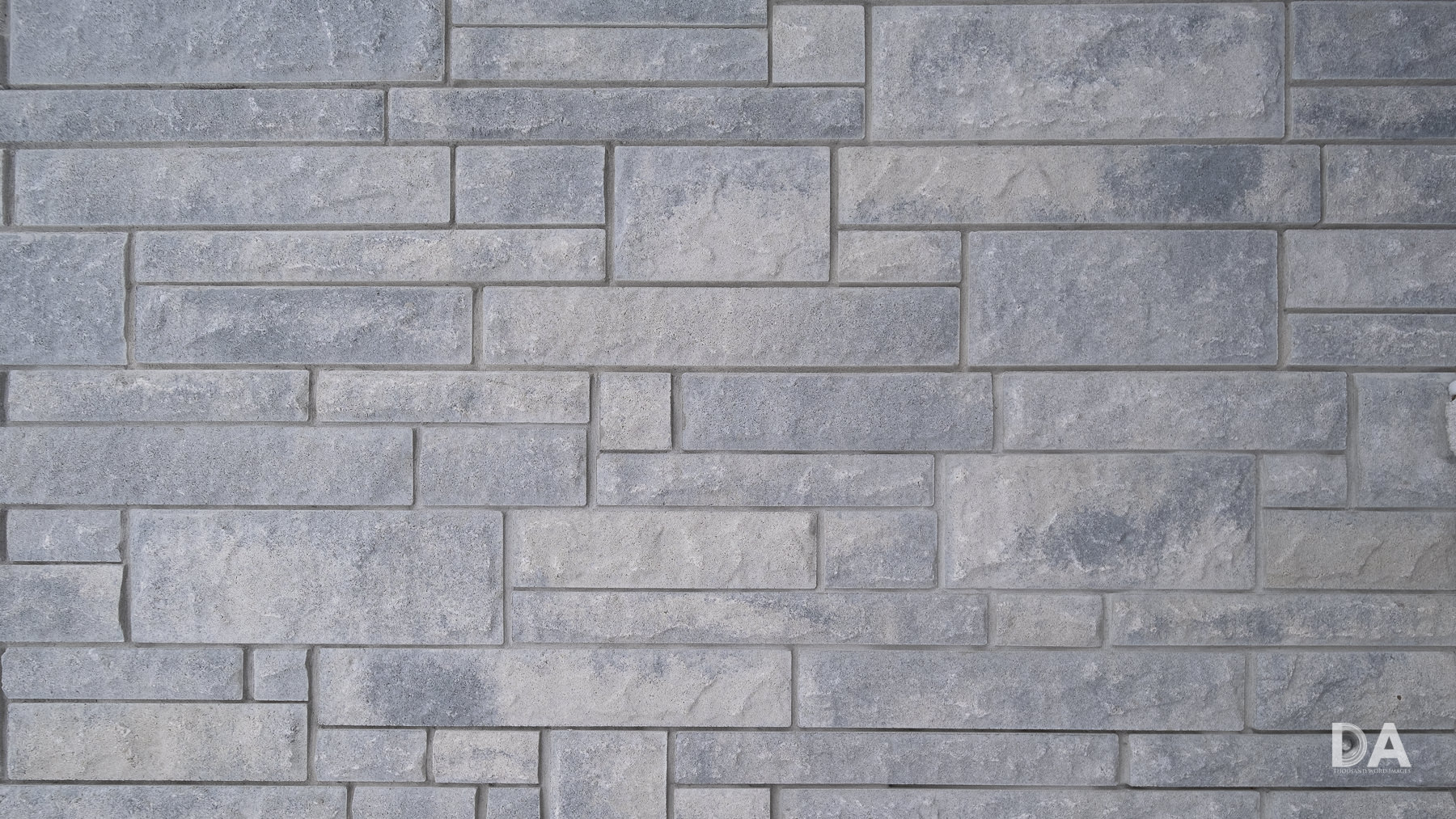
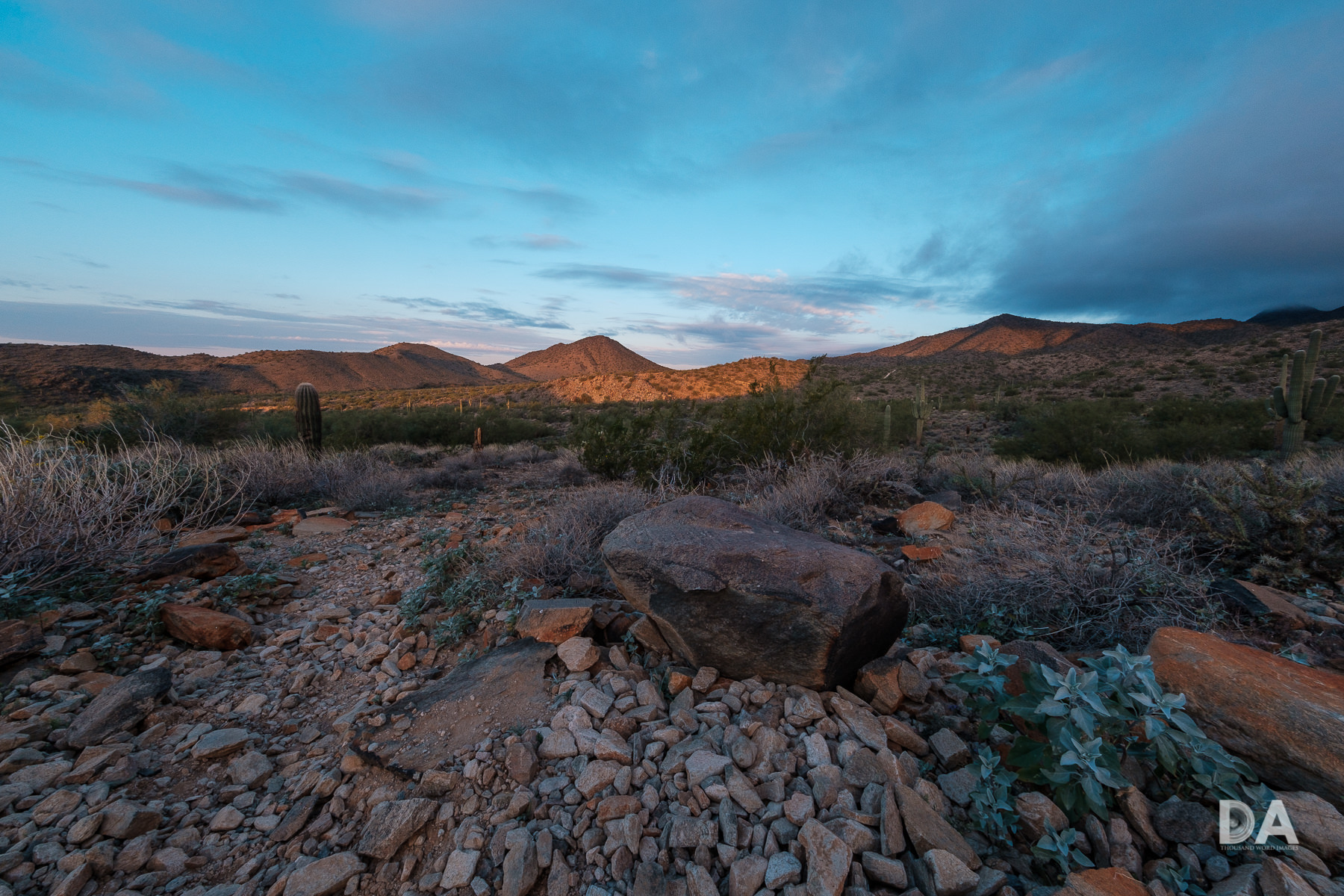
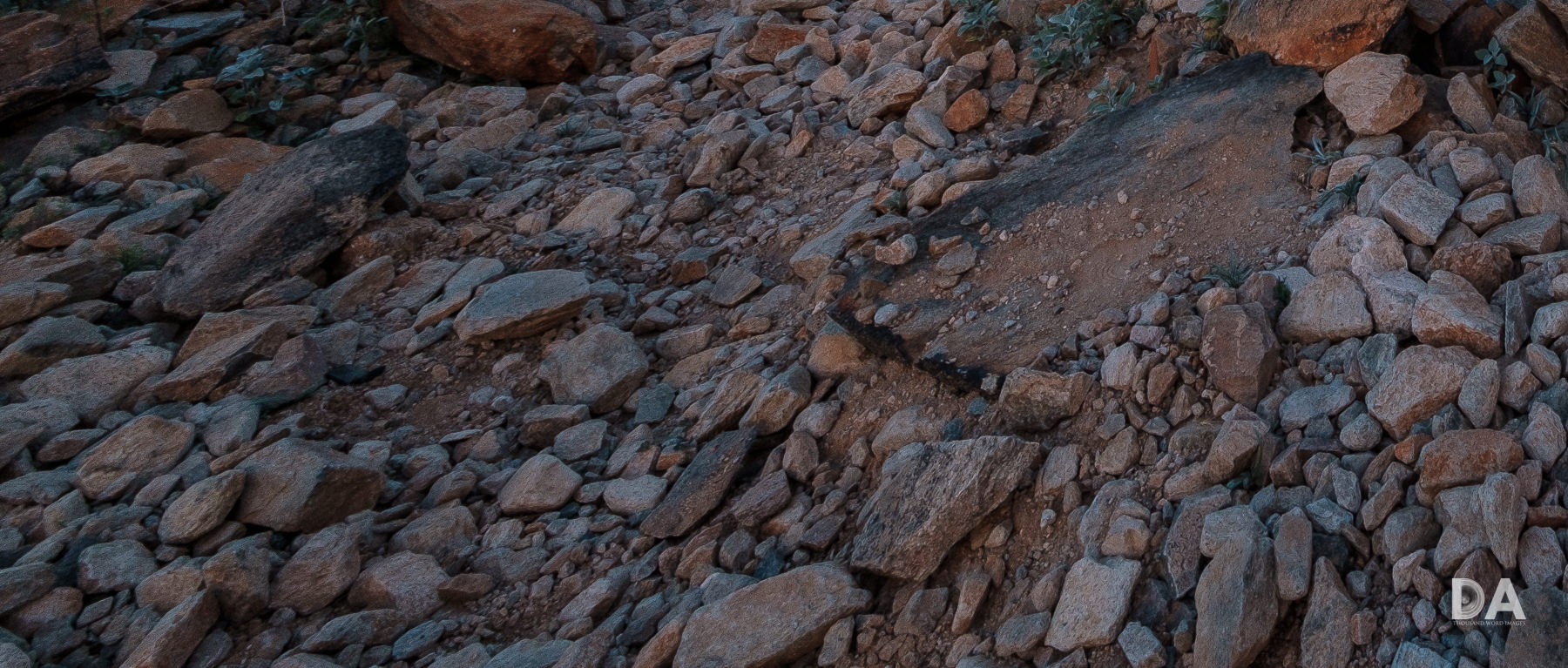

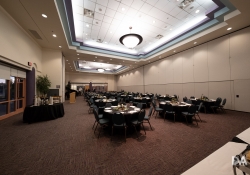
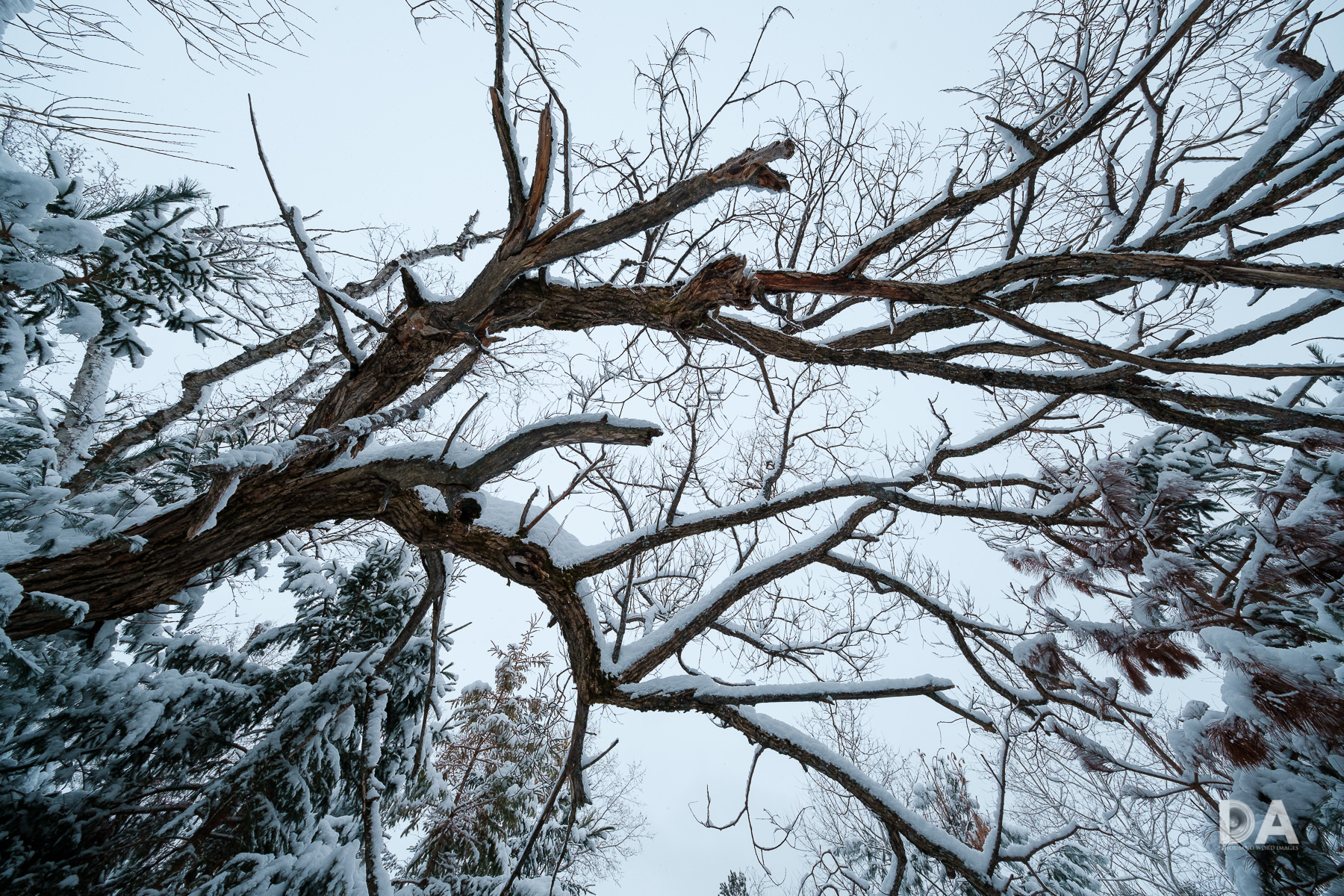
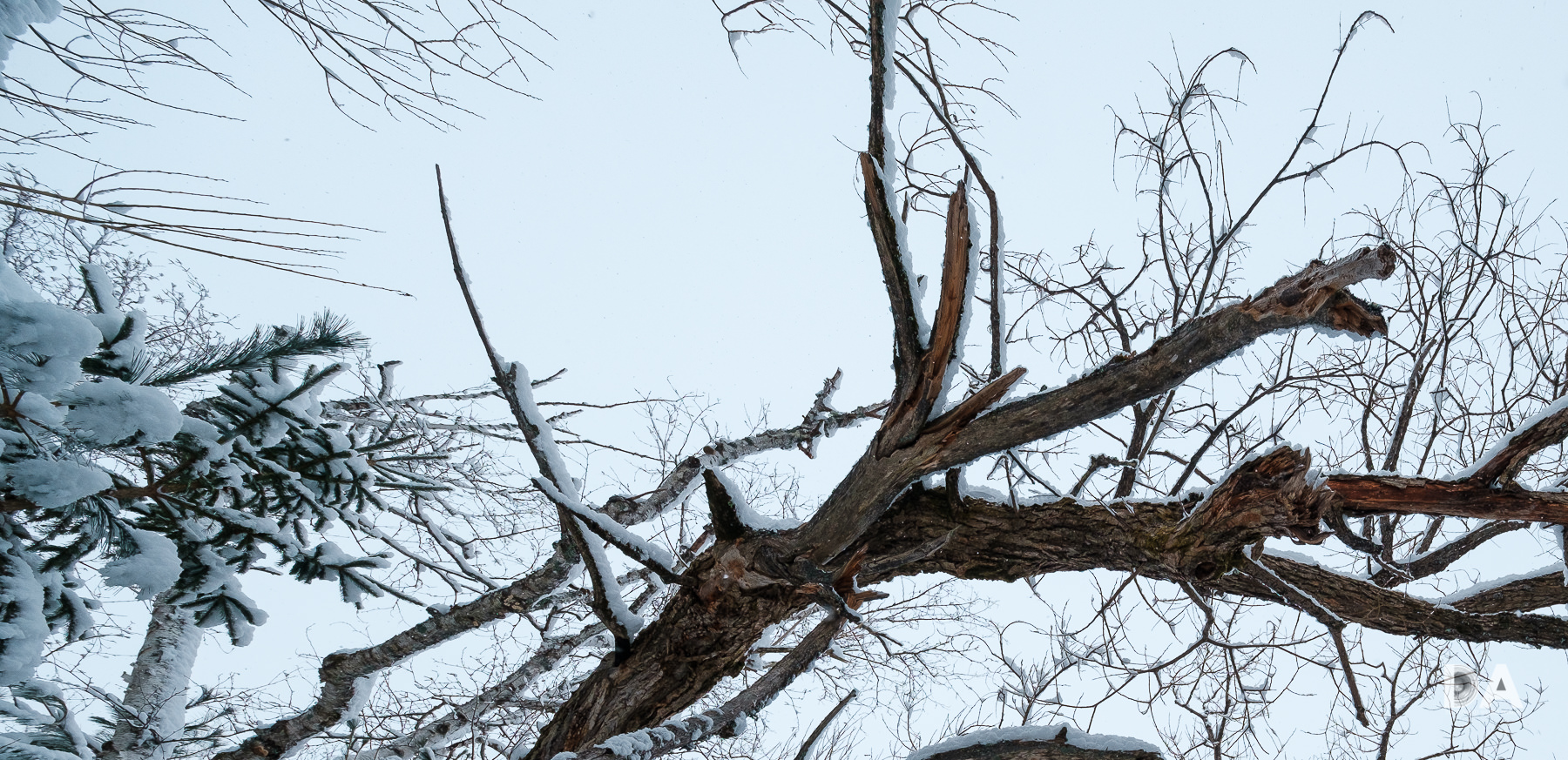
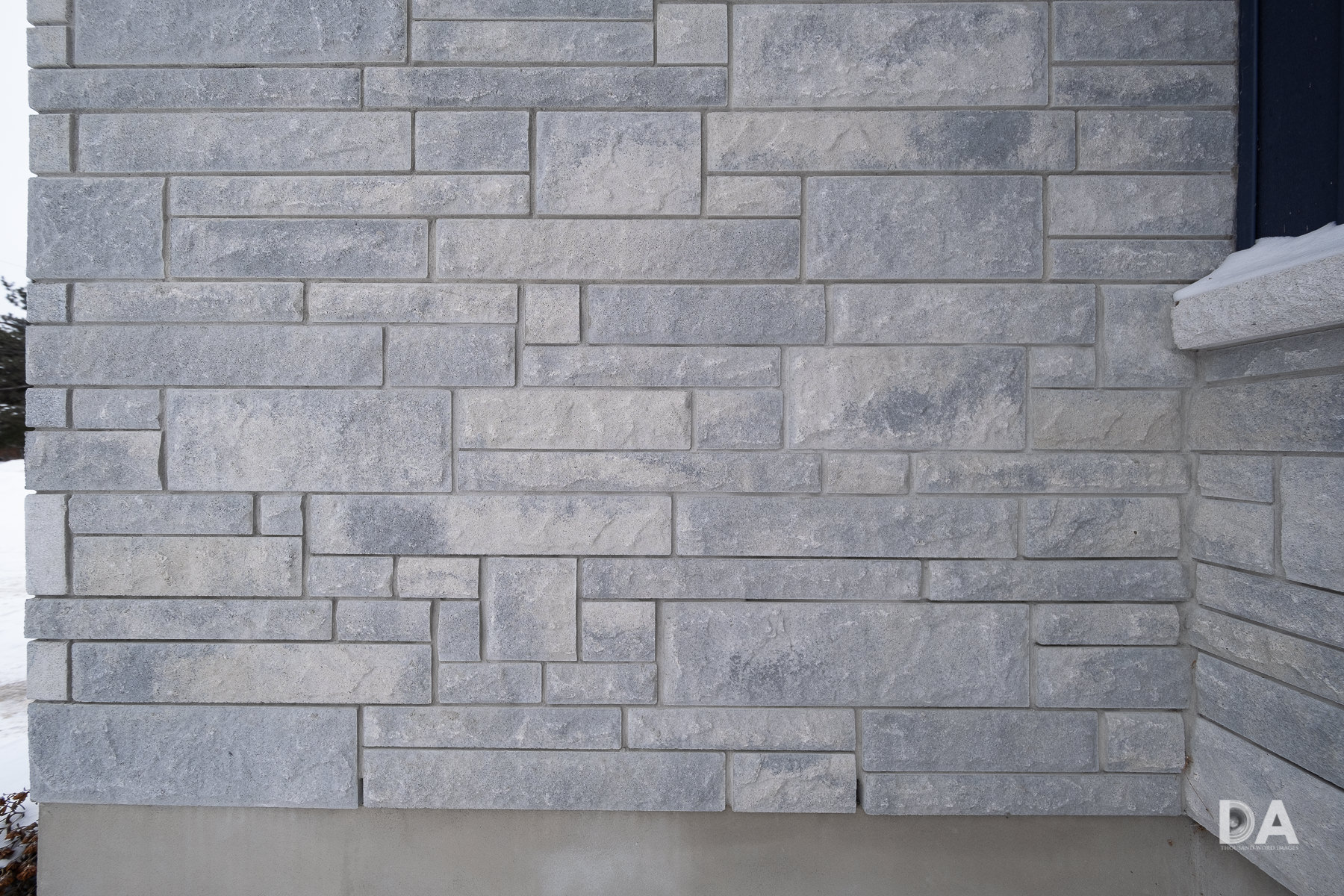
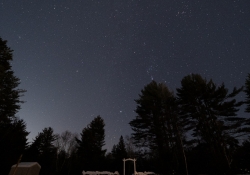
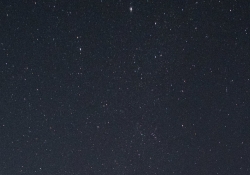
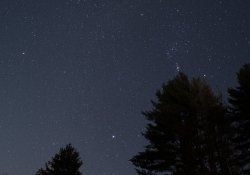
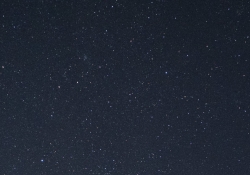
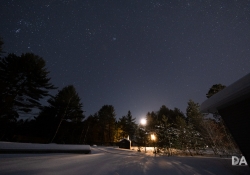
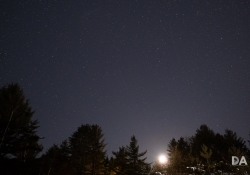


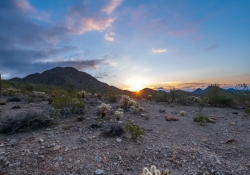

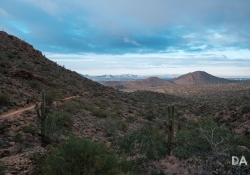

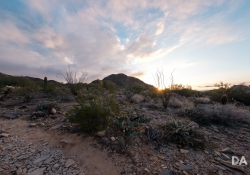




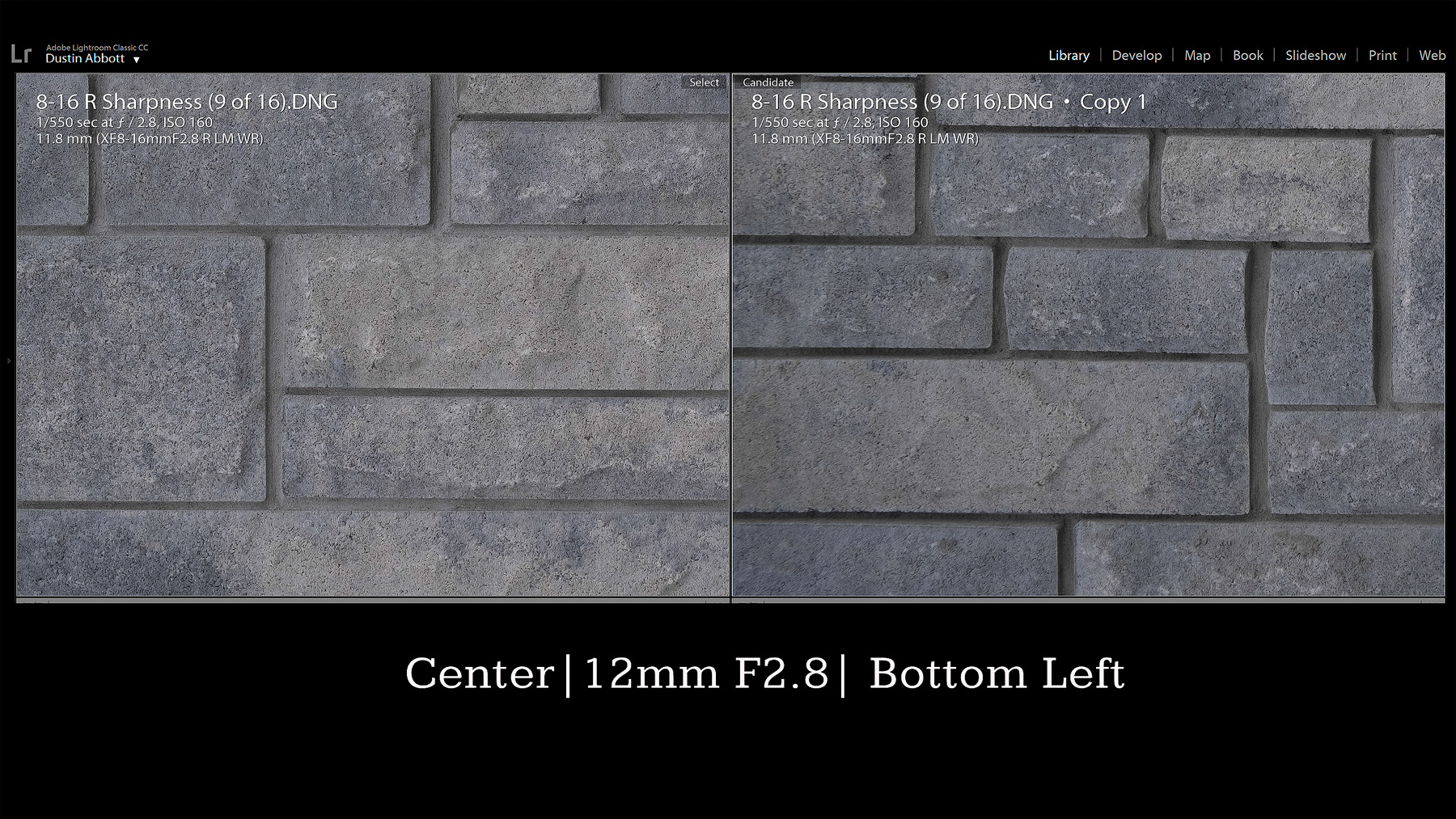
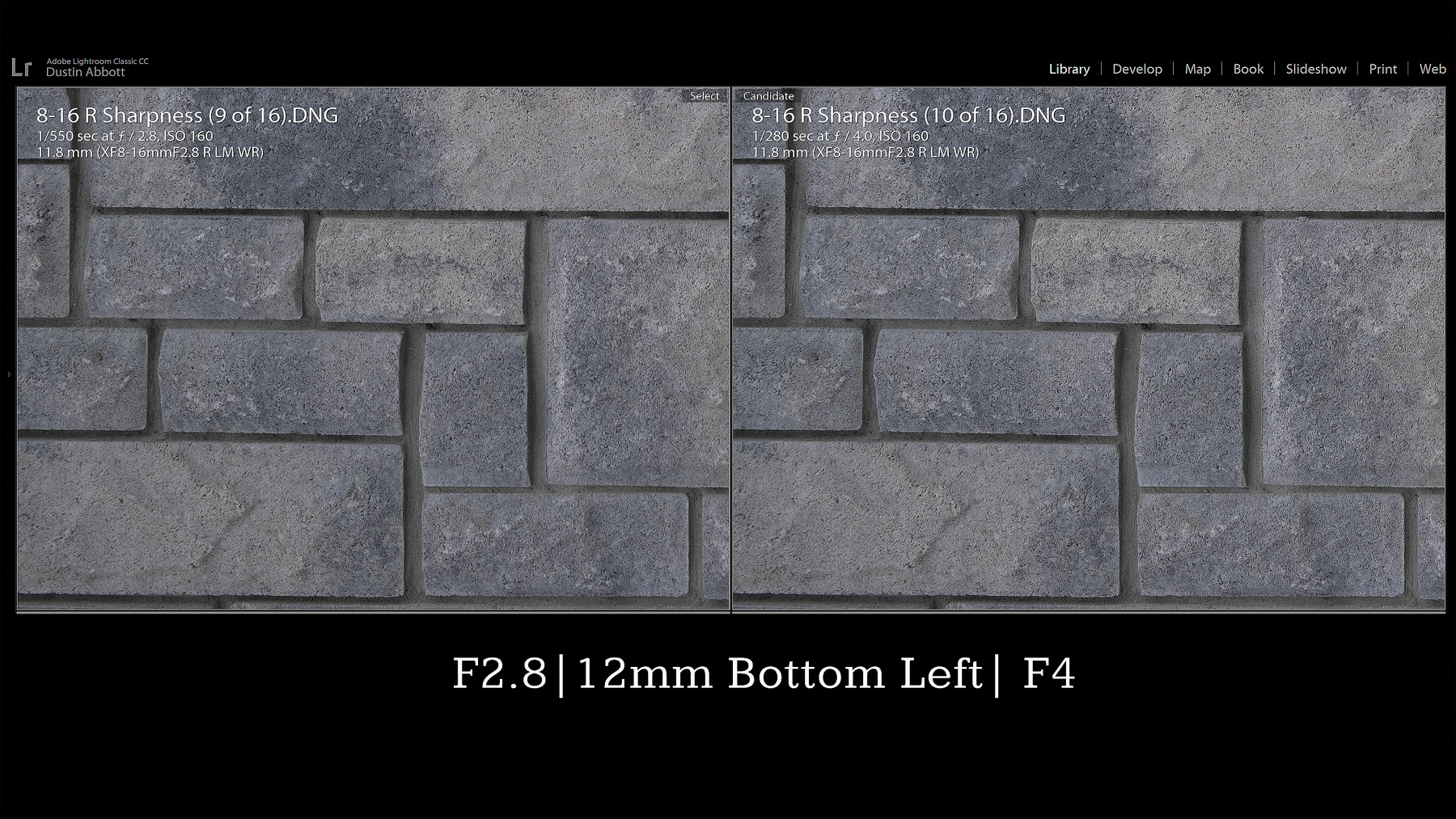
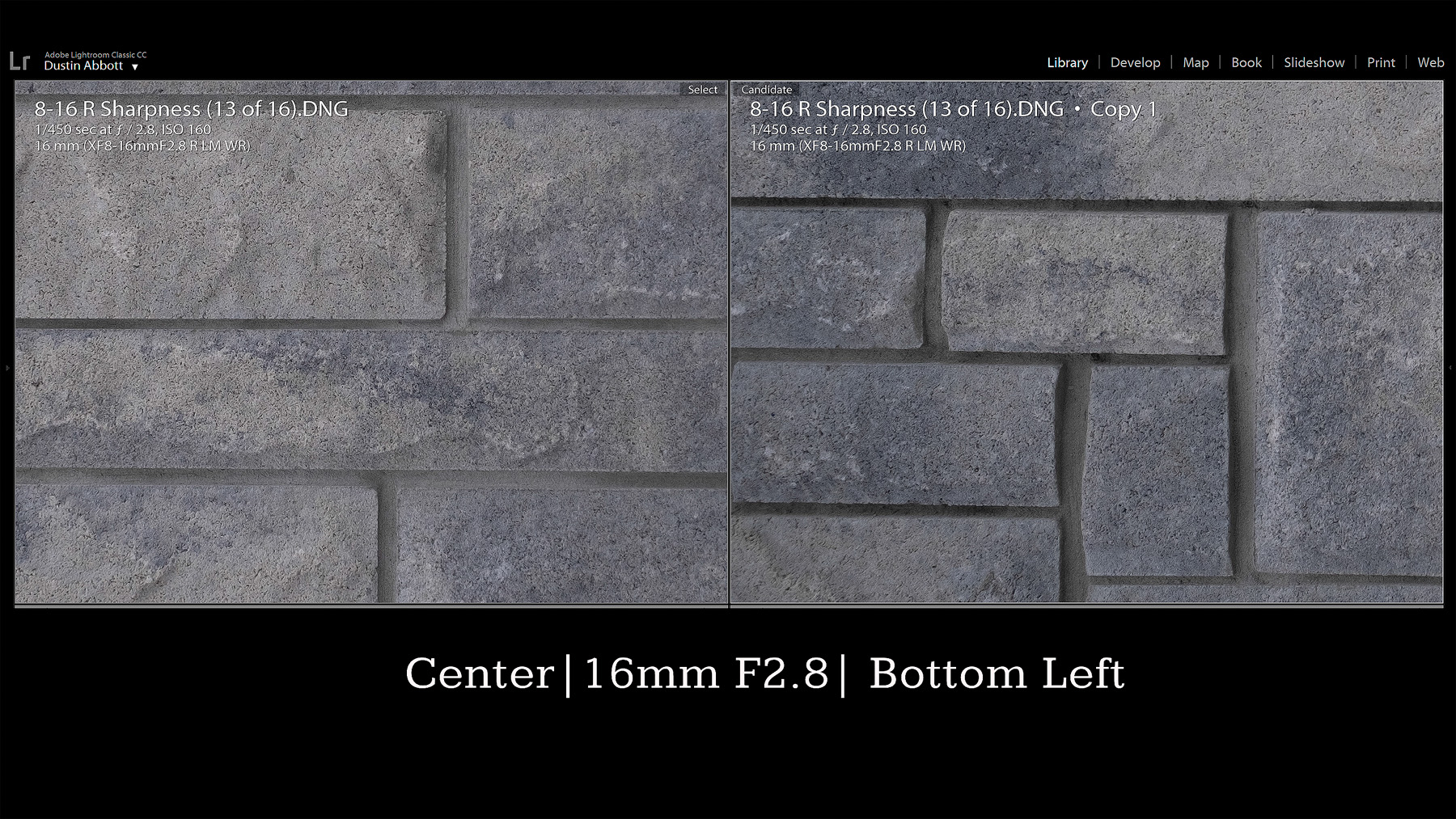
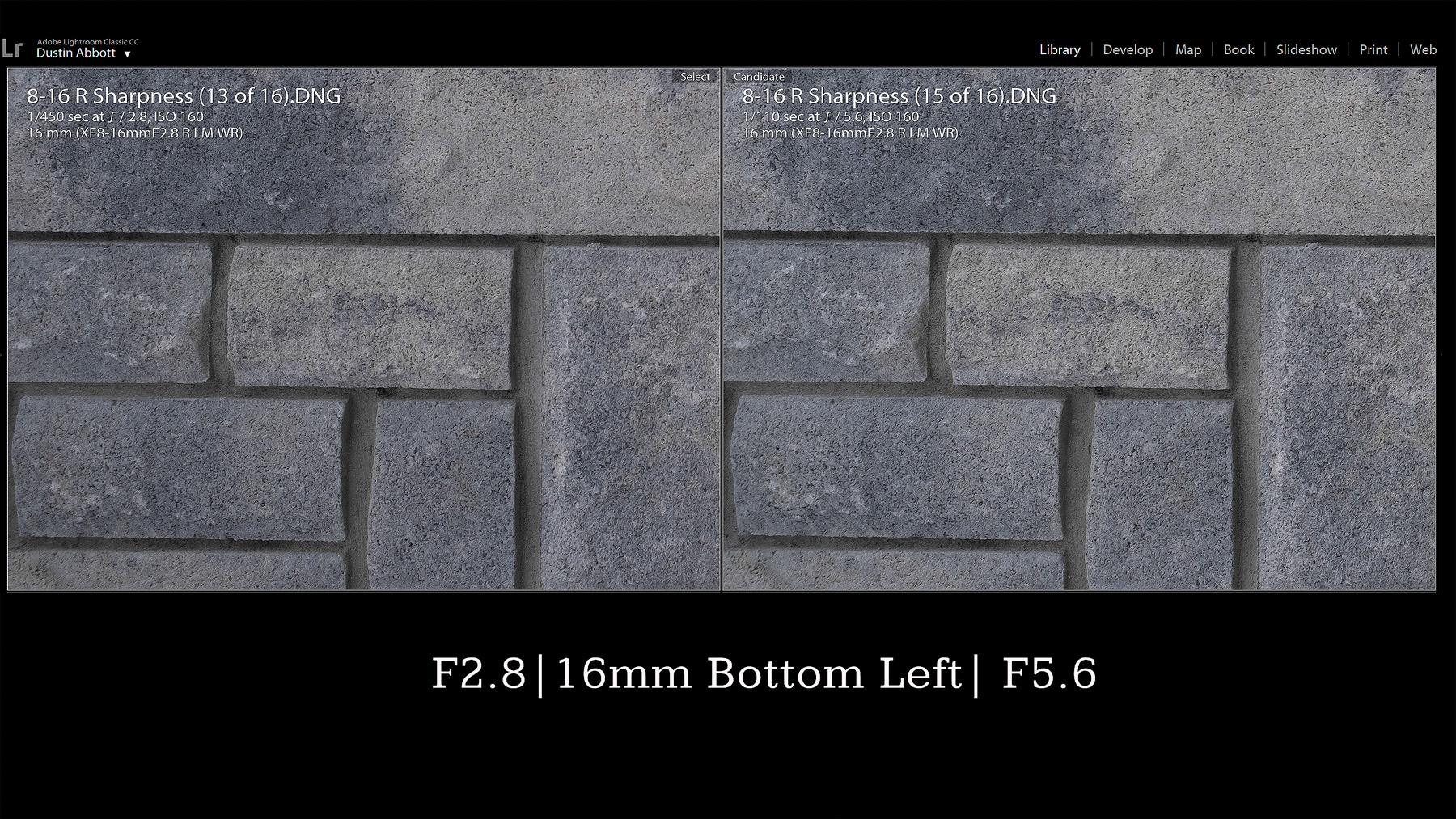
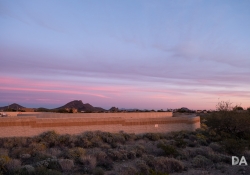

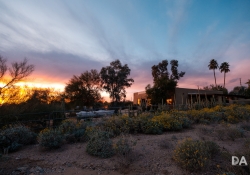
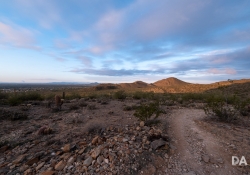

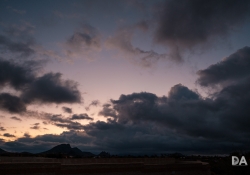
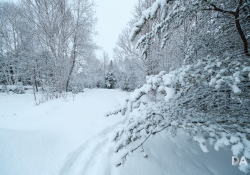



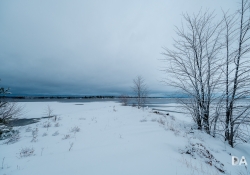
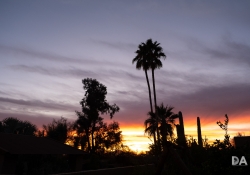
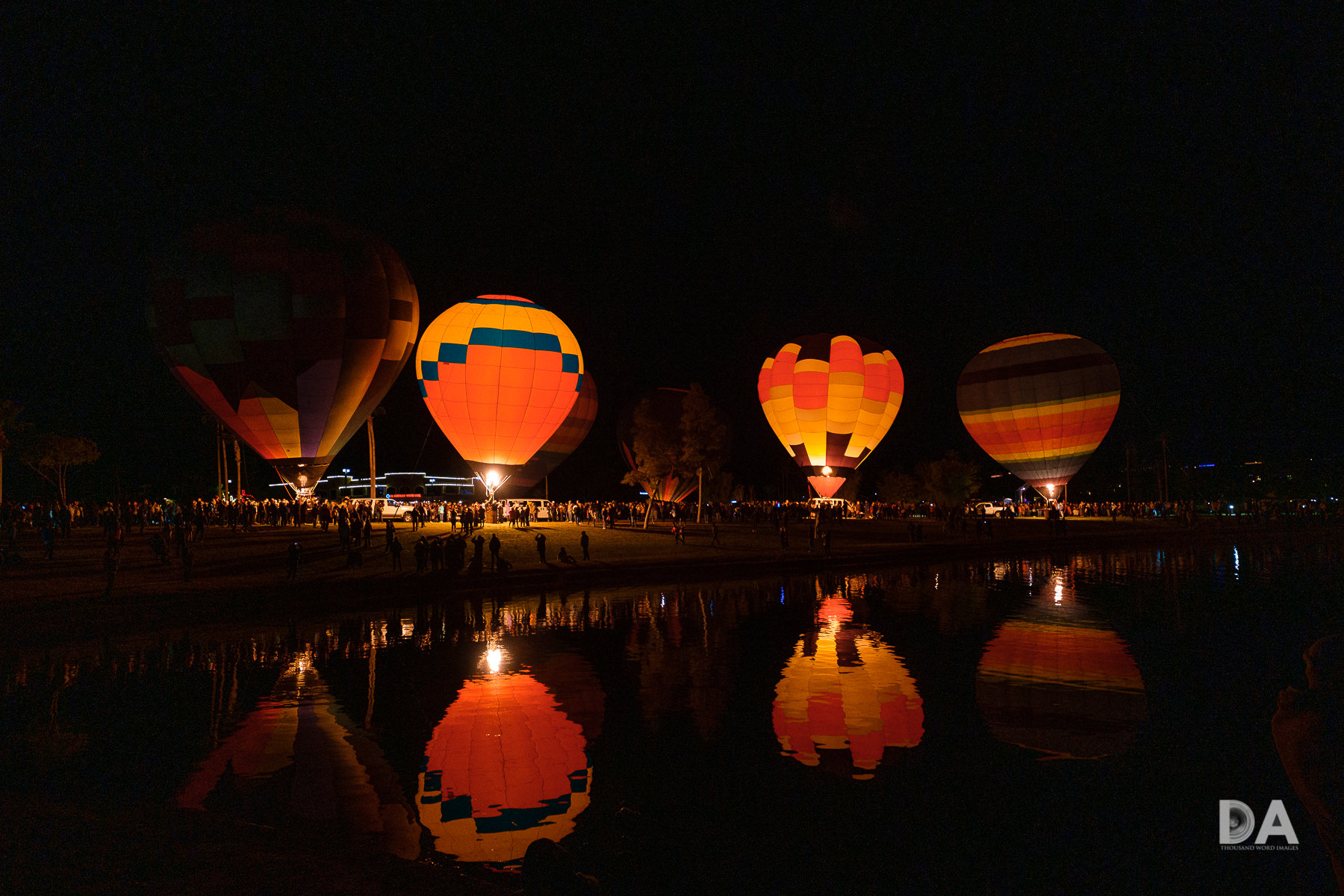






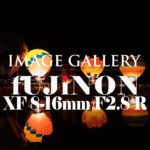
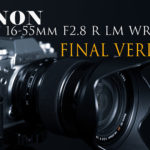

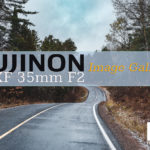
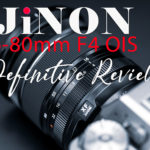

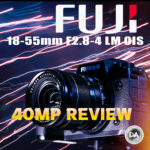

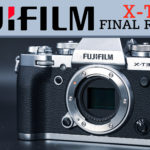
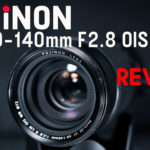
[…] Dustin Abbott […]
[…] Dustin Abbottがフジフイルム「XF8-16mm F2.8 R LM WR」のレビューを掲載しています。 […]
[…] Fujinon lens in the Fuji “trinity” of fast, F2.8 zoom lenses. That lens (the XF 8-16mm F2.8 WR) makes up the wide end of the spectrum while the XF 50-140mm F2.8 OS WR covers the telephoto […]